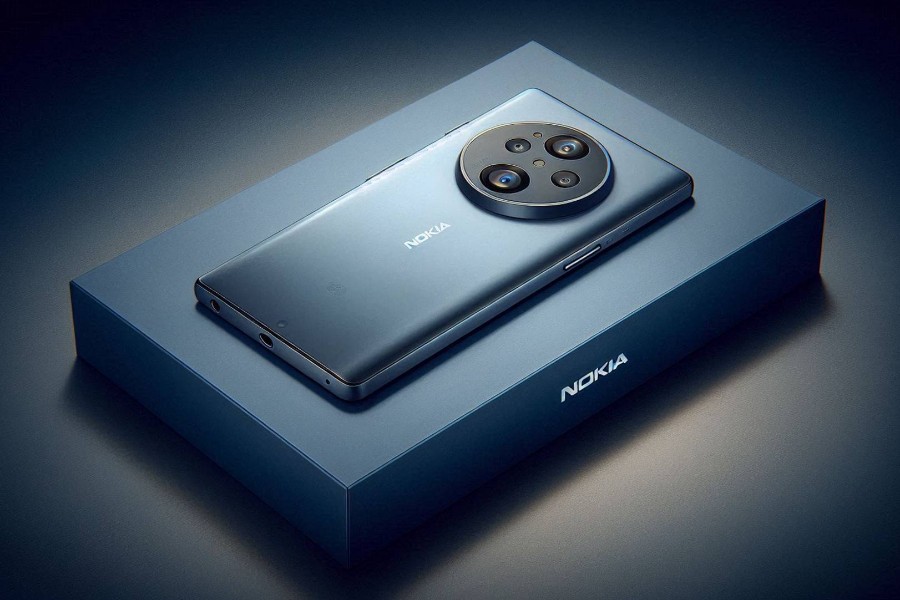Posted: Tuesday, September 23, 2025
Tale of the Nokia Eclipse One Mirage

The Eclipse One was inspired by a single doodle in a quiet design office. Unrealistic specifications danced across the screen, combining nostalgia for vintage Nokia curves with future goals.
Spark of Imagination
The Eclipse One was inspired by a single doodle in a silent design office. Unrealistic specifications danced across the screen, blending nostalgia for vintage Nokia curves with aspirations for the future. The notion seemed potent, a link between the past and the future. Before long, that one sketch would ignite a digital fire.
They meticulously catered and refined every pixel of the sketches until the idea was airtight. It shone with a 200 million-pixel camera capable of extreme clarity and a micro-LED screen that promised the ability to fold. There were plenty of other ambitious features: 20 gigabytes of RAM, a solar-charging glass back, AI copilots baked into the operating system. Each piece told a story with unprecedented imagination.
Rumors Unfold
When the render was posted to the web, discussion boards lit up with speculation. Threads were abuzz with stories of secret Nokia labs and hush-hush partnerships testing the design. Users caked the base-line concept with flighty adornments: fingerprint sensors in the lens, holographic projectors tucked beneath the rear glass. The rumor mill churned, driven by collective hope for the next hunk of tech miracle.
Social feeds were full of fan-made videos and imagined unboxing ceremonies. Polls on upgrade intention were through the roof and the internet was rife with debates on whether solar charging could even work on a pocket device. With each share the belief that the Eclipse One was on the verge of changing the landscape of the industry intensified. Excitement flowed unrestrained by official pronouncements.
Cracks in the Illusion
Undeniable fiction that skeptics began to probe the edges to get to the truth. Nokia’s official channels remained completely silent, offering no roadmaps pointing to an Eclipse One. Industry analysts found no suppliers, no regulatory filings—no real-world evidence to back the concept. The dream of a revolutionary handset started to wobble under scrutiny.
Curious minds reverse-engineered image metadata and traced the design back to a freelance artist’s portfolio. What had felt like a global reveal unraveled into a masterful yet unofficial concept. The collective breath of eager fans caught in their throats as the illusion dissipated.
A Mirage’s Legacy
In the middle of all the frenzy, people's comments shifted from “Will it exist?” to “What if it had?” Creators thrived to create a concept for inspiration, adapting UI flourishes and lens modules for personal projects. Maker's 3D-printed chassis models, using the Eclipse One’s contours to fuel creativity in unrelated prototypes.
Despite that this device never became a reality, the Nokia Eclipse One concept left an indelible fix in the minds of mobile device enthusiasts. It shows that a bold imagination can spark interests across communities and ignite new ideas. Sometimes, the most inspiring devices are the ones that exist only in our imaginations.